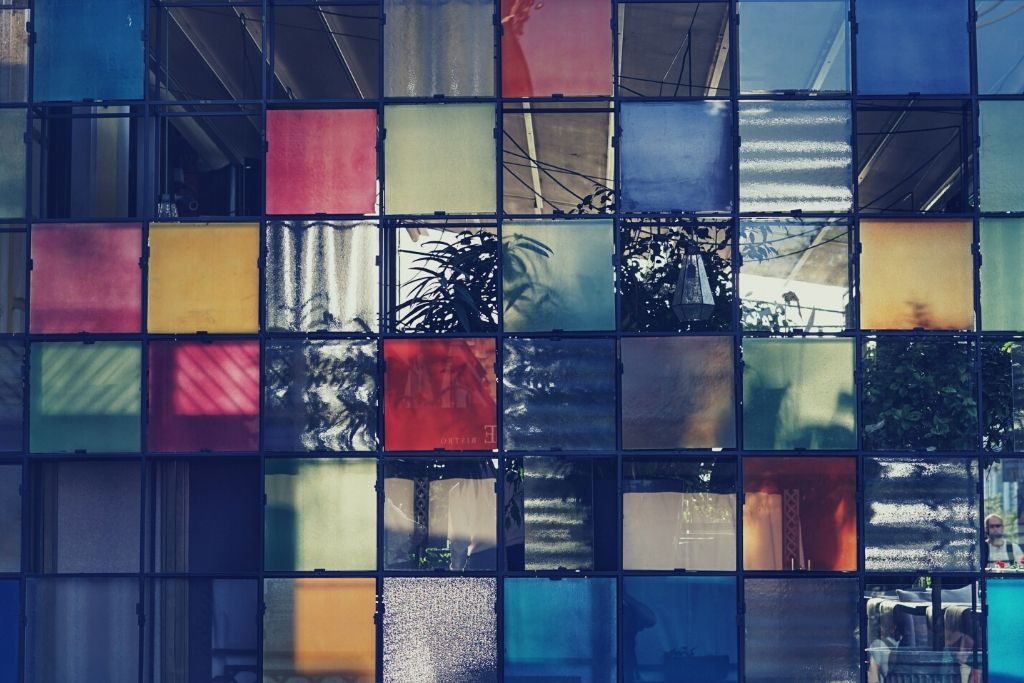Glass is one of the oldest and most important materials. Some historians suggest that Phoenician merchants had made the first glass in the modern Syria region around BC 5000. Yet, despite its 7000-year history, no other material can modernize looks as glass does.
Using glass is one of the easiest ways to instantly elevate any building’s exterior and interior design. Regardless of the purpose, size, or age of a building, glass boosts their sleek and elegant feeling.
With over 360,000 types of known glass, the possibilities of using this material to enhance any building’s design are virtually limitless. However, the following uses of glass will add value to any interior or exterior design project.
Maximizing the Light and Space
As a construction material, glass breathes new life into interiors. It improves the flow of space and creates a more open and inviting ambiance.
Architecture is all about making most of the resources available, like space and natural light. Designing buildings with glass aids the novel goal of optimizing these resources, while creating a pleasant spatial experience.
There’s overwhelming evidence that natural light bolsters health and makes people happier. Utilizing glass in buildings with features like large windows, glass walls or doors, and partition systems maximize the reach of the wellness-boosting light.
Glass also offers spatial solutions to hold vast expanses in place with minimal interference from frames or fittings, uplifting a versatile and elegant appearance.
Private, Not Oppressive

Since the 20th century, transparency has been one of the most desired characteristics in architecture. Well into the 21st century, as the influence of transparency in modern building design continues to grow, glass fittings provide a smart and simple solution.
Thanks to state-of-art glass solutions, the need to take refuge from the hustle and noise around, and the desire for transparency don’t have to be mutually exclusive.
Glass walls and partition systems have the unique ability to promote visual openness while establishing physical privacy. Similarly, frameless glass sliding door systems can provide a stylish ambiance marrying transparency and privacy without compromising from space.
In offices, these solutions maintain the collaborative spirit while enabling uninterrupted focus.
Energy Efficiency and Acoustic Control
The idea that bright and sun-soaked interiors might require energical and acoustic compromises belongs to a bygone era. Thanks to innovations in material science, many of the new-generation, high-performing glasses are, in fact, more energy-efficient than walls.
Modern windows with double or triple glazing incorporate coated glass, which prevents heat from escaping from the windows. Double glazing typically entails two sheets of glass in the same frame, with a gap between them. This gap of usually 16 mm also insulates the buildings against external noises.
Whether the buildings are commercial, public, or residential, the right glass doors and windows can reduce the energy bills and carbon emissions.
Glass Is Nothing Short of Design Magic

Dubbed as the “humankind’s most important material”, glass changed the course of history. From consumer electronics to medical devices or building design, it continues to add value to human life in immeasurable ways.
Thousands of years after its first use, scientists now understand glass better than ever. However, glass still retains its air of enchantment. This ancient material’s ongoing ability to modernize any architectural project is nothing short of magic.






